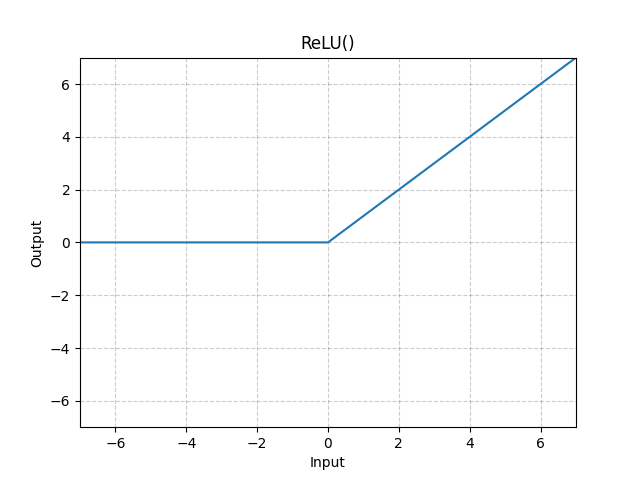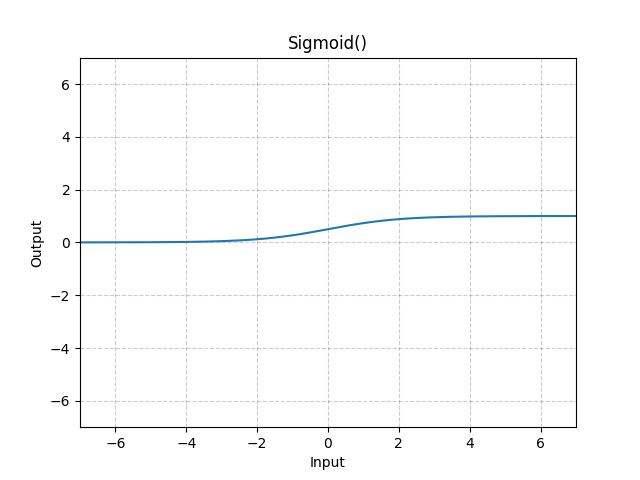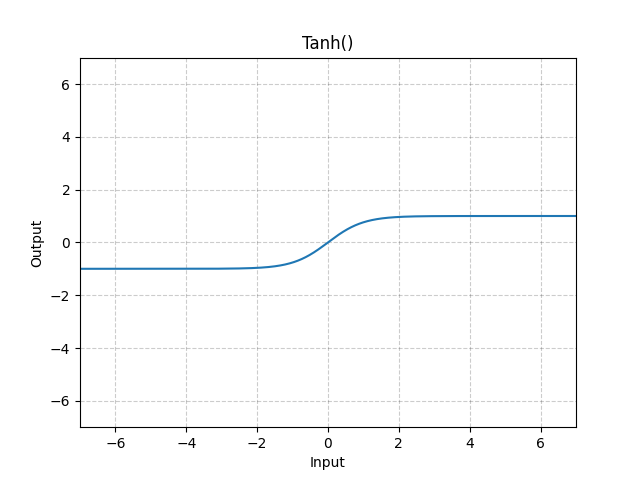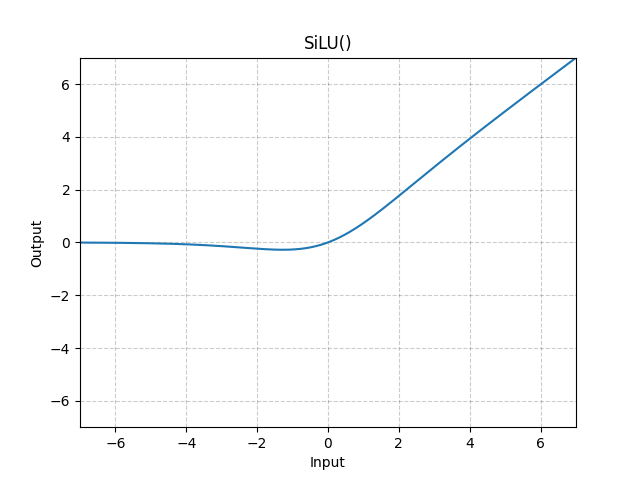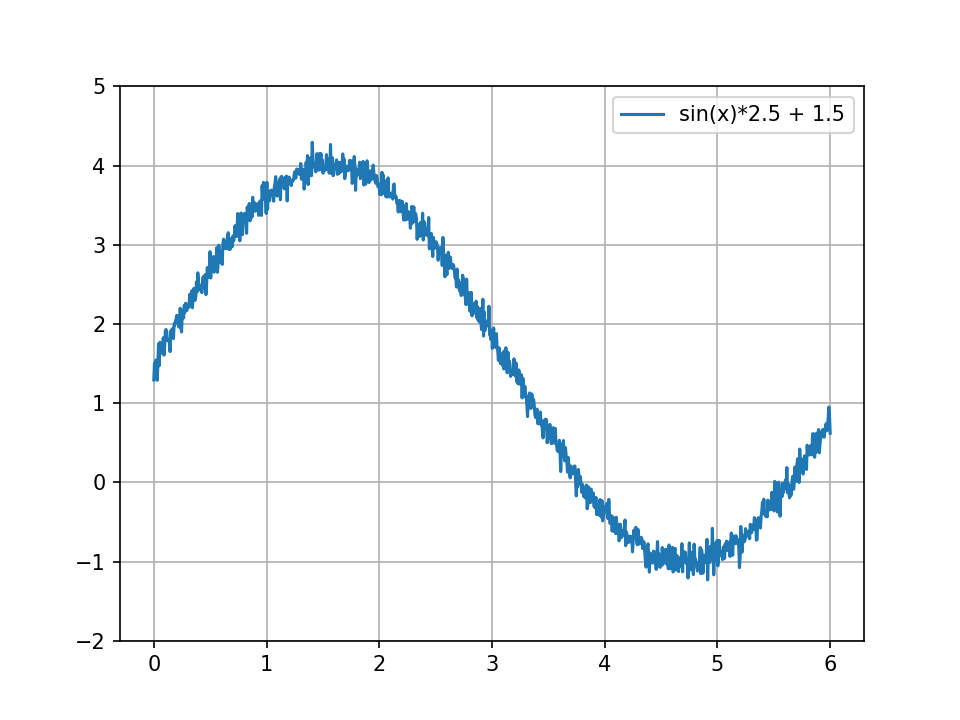Gradient
Suppose we have a function
Let's take for example a function of two variables
In that case, the linear approximation becomes:
Note: the derivatives above are taken at
Gradient
In matrix form:
We call
Computing the gradient
For example, let's take

Gradient descent
Suppose we want to minimize
Idea: start at
The gradient provides a local, linear approximation of f:
It gives the direction of the steepest ascent (or descent) of
Gradient descent
The algorithm is then:
- Select an initial guess
- Compute the gradient
- Update
- Repeat until convergence.
Gradient descent
Gradient descent
We can now find the
Problem remains:
- What model
- How to compute the gradient
- How to choose/adjust the learning rate
- How to tackle over/underfitting ?
Perceptron
Perceptron
A perceptron is a function modelling a neuron, with the following architecture:
Perceptron
The output of the perceptron is:
Where:
Activation functions
The goal of the activation function is to introduce non-linearity in the model.
Activation functions
